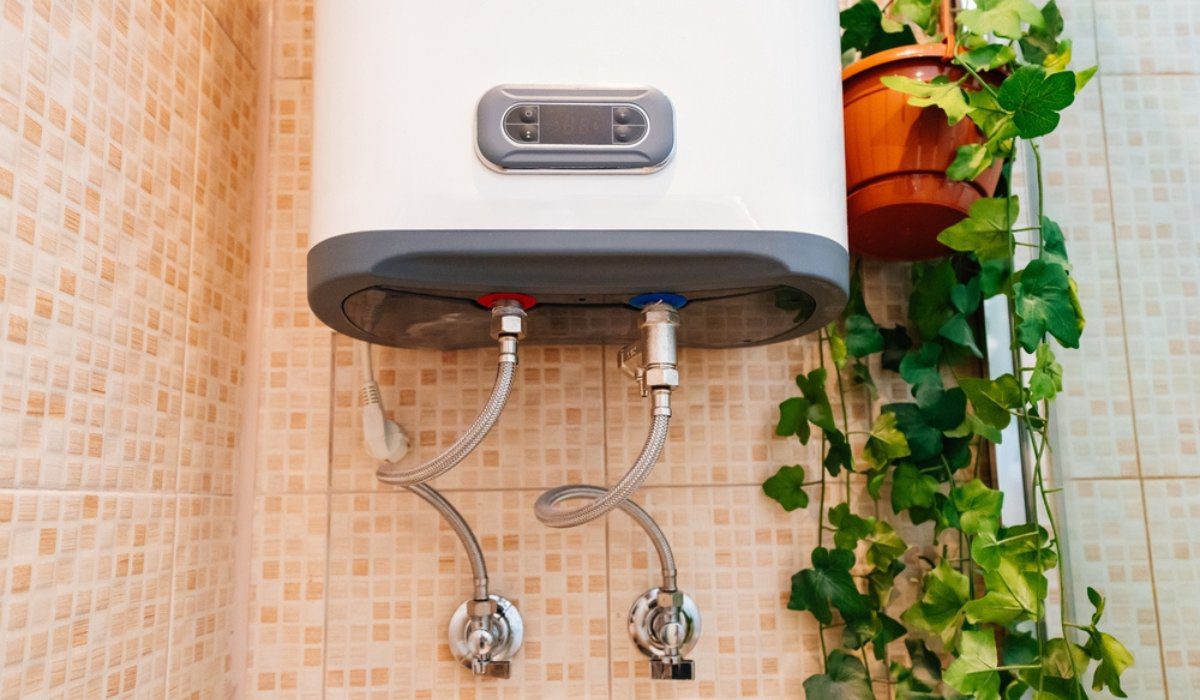Simple Guide to Maintaining Your Home's Hot Water System
Simple Guide to Maintaining Your Home's Hot Water System
Blog Article
Just about everyone seems to have their unique idea in relation to How to Maintain Your Water Heater & Prolong its Life.

Hot water is crucial for daily convenience, whether it's for a rejuvenating shower or cleaning dishes. To guarantee your hot water system runs successfully and lasts longer, normal upkeep is crucial. This post gives useful suggestions and understandings on just how to keep your home's warm water system to avoid disturbances and pricey repairs.
Introduction
Maintaining your home's warm water system could appear challenging, however with a couple of simple steps, you can guarantee it runs smoothly for years to find. This overview covers every little thing from recognizing your warm water system to DIY upkeep pointers and understanding when to call professional assistance.
Importance of Maintaining Your Warm Water System
Regular upkeep not only extends the lifespan of your hot water system however likewise guarantees it runs successfully. Disregarding maintenance can lead to reduced effectiveness, greater power costs, and also early failing of the system.
Indicators Your Warm Water System Demands Maintenance
Knowing when your hot water system needs attention can avoid major issues. Look out for signs such as irregular water temperature level, odd sounds from the heating unit, or rustic water.
Comprehending Your Warm Water System
Before diving into maintenance jobs, it's practical to recognize the basic components of your hot water system. Normally, this includes the water heater itself, pipes, anode rods, and temperature level controls.
Regular Monthly Maintenance Tasks
Routine month-to-month checks can aid capture small problems prior to they rise.
Purging the Hot Water Heater
Purging your water heater removes sediment buildup, enhancing efficiency and prolonging its life.
Checking and Replacing Anode Rods
Anode rods avoid rust inside the storage tank. Checking and replacing them when worn out is essential.
Examining and Changing Temperature Settings
Adjusting the temperature settings ensures optimal performance and safety.
Do It Yourself Tips for Upkeep
You can do a number of maintenance tasks yourself to keep your warm water system in top condition.
Checking for Leaks
Routinely evaluate pipelines and links for leakages, as these can result in water damages and greater expenses.
Checking Pressure Relief Valves
Testing the pressure safety valve ensures it operates appropriately and stops excessive stress build-up.
Protecting Pipes
Insulating warm water pipelines reduces warmth loss and can conserve energy.
When to Call a Professional
While do it yourself upkeep is useful, some issues require expert expertise.
Facility Problems Requiring Specialist Aid
Examples consist of major leaks, electric issues, or if your water heater is continually underperforming.
Regular Professional Upkeep Perks
Professional upkeep can include thorough examinations, tune-ups, and making sure compliance with safety and security requirements.
Conclusion
Normal maintenance of your home's warm water system is necessary for efficiency, long life, and expense savings. By complying with these tips and recognizing when to seek specialist assistance, you can ensure a trustworthy supply of hot water without unanticipated disruptions.
How to Maintain an Instant Hot Water Heater
Before tinkering with your hot water heater, make sure that it’s not powered on. You also have to turn off the main circuit breaker and shut off the main gas line to prevent accidents. Also turn off the water valves connected to your unit to prevent water from flowing into and out of the appliance. 2. When you’re done, you have to detach the purge valves’ caps. These look like the letter “T†and are situated on either side of the water valves. Doing so will release any pressure that has accumulated inside the valves while at the same time avoid hot water from shooting out and burning your skin. 3. When the purge valves’ caps are removed, you have to connect your hosing lines to the valves. Your unit should have come with three hoses but if it didn’t, you can purchase these things from any hardware or home repair shops. You can also get them from retail stores that sell water heating systems. Read the user’s manual and follow it to complete this task properly. When the hosing lines are connected, open the purge port’s valves. 4. You should never use harsh chemical cleaners or solutions when cleaning your unit. Make use of white vinegar instead. It should be undiluted and you’ll probably use about 2 gallons. 5. Now flush your water heater. This task should probably take about 40 minutes. We can’t give you specific directions for this because the procedure is carried out depending on the type, model and brand of your heater. With that being said, refer to the user’s manual. 6. When you’re done draining the unit, you have to turn off the purge port valves again. Remove the hosing lines that you earlier installed on each of the water valves. Put the valve caps (purge port) back in their respective places and be very careful so as not to damage the rubber discs that are found inside these caps. 7. Now that everything’s back in place, check your user’s manual again to find out how to reactivate your water heating system. 8. Once it is working, turn one of your hot water faucets on just to let air pass through the heater’s water supply pipes. Leave the tap on until water flows smoothly out of it. https://www.orrplumbing.com/blog/2014/september/how-to-maintain-an-instant-hot-water-heater/

As an avid person who reads about Tips For Maintaining Your Hot Water Heater, I figured sharing that piece was important. Sharing is good. Helping people is fun. We treasure reading our article about Water Heater Maintenance Tips You Can't Afford to Forget.
Schedule Your Job Now Report this page